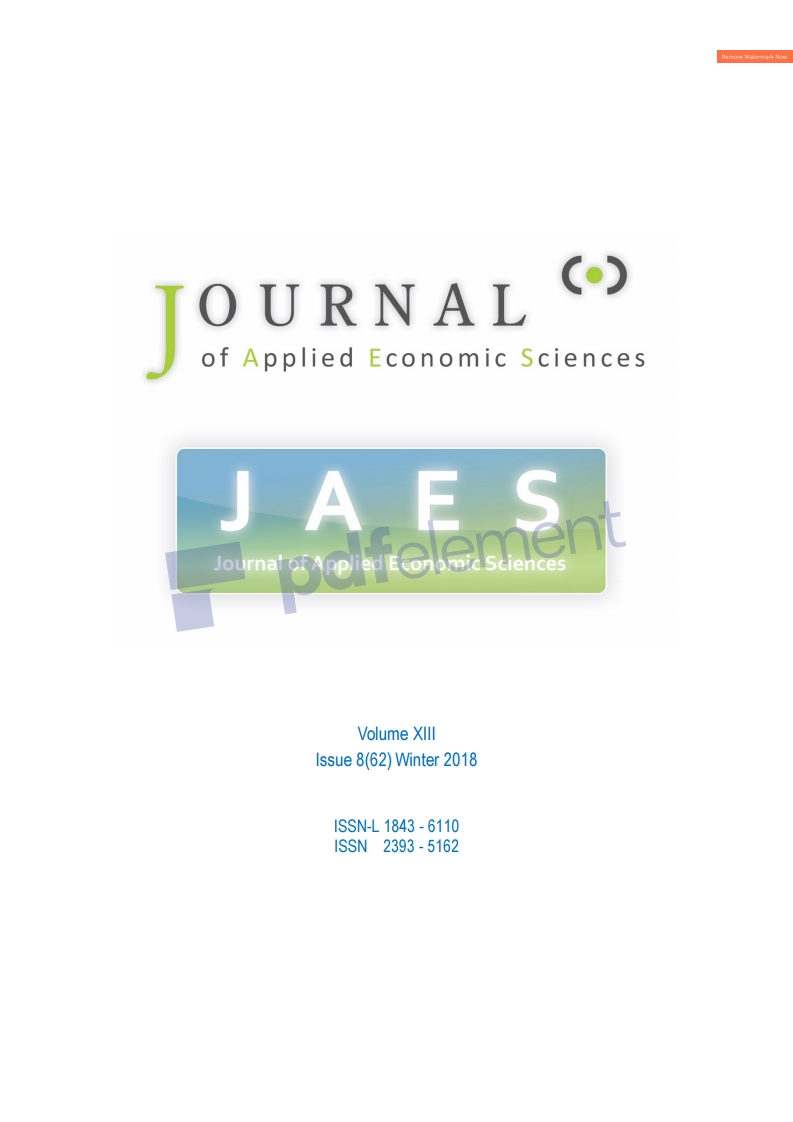Eurasian Economic Union: Obstacles and Prospects of Monetary Integration
Eurasian Economic Union: Obstacles and Prospects of Monetary Integration
Author(s): Zhanna G. Golodova, Galina Gavlovskaya, Yulia RANCHINSKAYA, Pavel SMIRNOVSubject(s): Economy, National Economy, Socio-Economic Research
Published by: ASERS Publishing
Keywords: Eurasian Economic Union (EURASEC); integration; currency; foreign exchange market; dollarization; policy;
Summary/Abstract: The article considers reasons and main trends in monetary policies convergence in five post-soviet countries of the Eurasian Economic Union (EURASEC). The achievement of this goal necessitates the identification of main features at the current integration stage of post-soviet countries, and disclosure of factors that both stimulate and restrict monetary integration. Based on the sociological survey it was analyzed the citizens’ approach to the strengthening of integration within EURASEC and introduction of the single currency. It was proved that the negative attitude of citizens has mainly coincided with the dynamics of GDP, industrial production, currency rate and income from export with a one-year lag. Besides this, there were distinguished different periods of financial sector development and monetary policy transformation. Based on the macroeconomic indicators, it was concluded that some initially planned goals in consultations and single terminology had been achieved, there is progress in coordinating monetary and fiscal policies within the EURASEC that is crucial for monetary policies convergence. By using some pillars of optimal currency areas theories, it was identified some basic conditions for EURASEC further integration: targets for inflation are very similar, the single market was created, but still many discrepancies could be easily observed. Also it was proved the necessity to stimulate the countries’ activity in increasing national currencies in mutual settlements, introducing the unified requirements to the foreign exchange market participants and reducing the level of dollarization. The three-year performance analysis proves the lack of reasons to introduce the single currency by 2025.
Journal: Journal of Applied Economic Sciences (JAES)
- Issue Year: XIII/2018
- Issue No: 62
- Page Range: 2261-2292
- Page Count: 32
- Language: English

